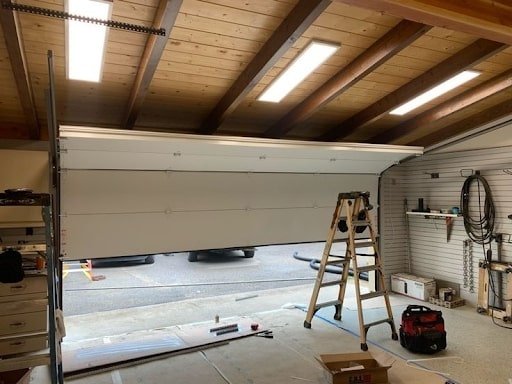In nowadays digital age, the landscape of business verbal exchange has dramatically shifted, with digital conferences becoming a staple in ordinary painting lifestyles. While the upward push of far-flung work has enabled unprecedented flexibility, it has also supplied new challenges in preserving an expert environment. One regularly disregarded however crucial detail in this context is the position of conference tables in virtual conferences. Traditionally, conference tables have been a centerpiece in physical assembly spaces, symbolizing collaboration, professionalism, and order. In the digital realm, their feature and influence extend past the bodily to impact the mental and organizational components of an assembly. This article explores the evolving position of convention tables in digital conferences and how they contribute to growing expert surroundings.
Conference Tables
In bodily assembly rooms, conference tables are more than just pieces of fixtures. They are vital to the dynamics of an assembly, influencing how contributors engage with every different. A well-designed convention table promotes collaboration, permitting each person to have a clean line of sight to their colleagues, fostering open verbal exchange, and making sure that no one is excluded from the communication conference tables. The physical arrangement round a conference table additionally conveys hierarchy and employer, with management frequently seated at the head, subtly guiding the float of dialogue.
Conference tables are also symbolic of professionalism. They represent a devoted area for centered dialogue and decision-making, differentiating work from informal interactions. The substances, design, and layout of the table can set the tone for the meeting, signaling the extent of ritual and seriousness of the commercial enterprise at hand. In essence, conference tables in traditional settings are not simply functional; they’re emblematic of the company’s subculture and values.
Office Furniture Supplier
As companies increasingly more function in virtual surroundings, the physical conference desk may additionally seem obsolete office furniture supplier. However, the concepts that made the conference table an essential detail in bodily conferences still apply inside the digital realm. Virtual conferences frequently lack the tangible presence that a convention table presents, making it extra difficult to set up a feel of order and professionalism. Yet, through expertise and adapting the conventional function of conference tables, businesses can beautify their virtual assembly environments.
In digital settings, the “conference table” isn’t a physical object however rather a metaphorical one which represents the shape and business enterprise of the assembly area. This can be performed through a combination of virtual gear, visible design, and meeting protocols that together create a virtual “desk” around which participants gather.
Conference Table Price Philippines
Digital Layout and Interface Design: The platform used for digital conferences performs an important role in growing a professional environment. Features like grid perspectives, which show participants in a prepared manner, can mimic the seating association around a conference table . This visible order facilitates preserve the focal point and ensures that each one contributor is similarly seen, lowering the chance of someone being disregarded.
Interactive Tools: In a physical meeting, the convention desk regularly helps tools like projectors, whiteboards, and notepads conference table price philippines. Virtual meetings can reflect this with virtual equipment including display screen sharing, digital whiteboards, and collaborative documents. This equipment no longer handiest facilitate dialogue and collaboration but also create a shared workspace that features as a virtual “desk,” centralizing the point of interest of the assembly.
The Psychological Impact of a Virtual Conference Table
The presence of a convention desk in a physical meeting room has a mental effect, instilling an experience of ritual and awareness. In digital meetings, replicating this psychological impact is greatly challenging but equally critical. A well-dependent digital “table” allows individuals to shift into a professional mindset, distinguishing the meeting space from greater informal or private interactions.
Furthermore, a digital conference desk can assist fight the sense of isolation that regularly accompanies far-flung paintings. By creating a shared virtual space, individuals can experience greater links to their colleagues, fostering a sense of solidarity and collaboration regardless of the bodily distance. This shared space, even though digital, reinforces the concept that everyone is working collectively towards common goals.
Conclusion
The position of conference tables in virtual conferences extends a way beyond mere subculture. In the absence of a physical table, the concepts that ruled their use in traditional settings may be tailored to create a professional and organized virtual environment. By specializing in digital format, backgrounds, meeting protocols, and interactive gear, groups can assemble a digital “conference desk” that fosters collaboration, keeps professionalism, and complements the general effectiveness of digital conferences. As far off paintings keep adapting, so too ought our approach to growing areas—both physical and digital—that assist the quality possible consequences for enterprise communique.



